Table of Content
Benefits of a home garden
Gardening is a rewarding experience whether you are looking to grow herbs, shrubs, or flowers. Gardens can be set up in an outdoor space, balcony, terrace, backyard, or even on a windowsill.
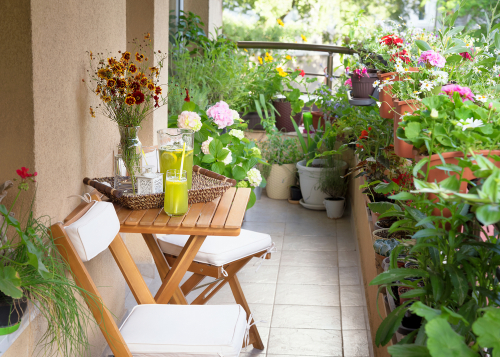
Engaging in gardening is rewarding when you witness a plant thriving and blooming after dedicated care and nurturing. Moreover, the joy derived from converting an empty plot into a garden teeming with plants and flowers is immensely satisfying. Beyond providing tranquility, plants contribute to a cleaner and greener environment, positively impacting your life. Caring for your plants also doubles as a beneficial form of exercise.

Moreover, you can grow organic fruits and vegetables at home without fertilizers and pesticides. Therefore, growing plants helps you in every way.
Gardening ideas / tips for the layout

Before designing your garden layout, it's crucial to understand the specific needs of plants. Gardening success hinges on providing the right balance of sunlight and carbon dioxide for photosynthesis, the process by which plants produce their own food. Therefore, careful consideration of sunlight exposure is essential.
Tailor your garden layout to accommodate varying light requirements. Some plants thrive in low or dim light, while others, particularly vegetables and fruit-bearing plants, necessitate six to eight hours of direct sunlight daily. Optimal sunlight exposure ensures robust growth and fruitful yields.
For those cultivating vegetables, strategically position your garden in areas that receive ample sunlight, preferably facing south, south-east, or south-west. These orientations maximize exposure to sunlight, promoting the health and productivity of your crops.
Take precautionary measures against strong winds, as they can wreak havoc on young and budding plants. Avoid planting in windy areas to safeguard the delicate stages of plant development. By incorporating these considerations into your gardening plan, you enhance the overall well-being of your plants and increase the likelihood of a bountiful harvest.
Gardening ideas / tips for selecting plants
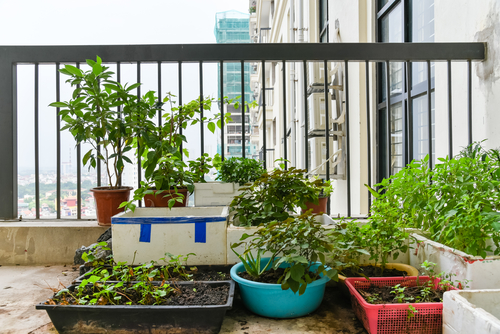
Consider the climate, soil composition, and various environmental factors when selecting plants for your garden. Conduct thorough research on plants that flourish in either sunlight or shade. Ensure that each plant is placed in an optimal location based on its specific needs for light, air, and water.
When acquiring plants or saplings, prioritize purchasing robust and healthy specimens. Look for plants with numerous stalks or stems, avoiding those with wilting leaves. Additionally, inspect for any signs of pests, damage, discoloration, or holes in the leaves to ensure the overall health and vitality of your chosen plants.
Gardening ideas / tips to ensure nutritious soil
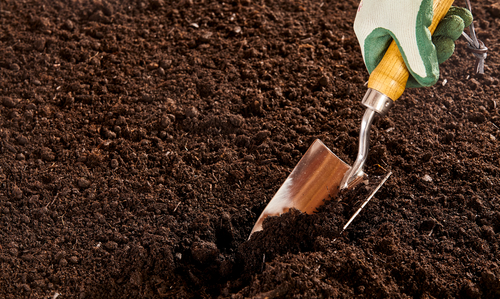
Enhance your soil's fertility by incorporating organic compost, ensuring it is nutrient-rich and well-drained for optimal plant growth. Explore the variety of gardening soils available, conducting research and seeking advice from experts before making a purchase. If the soil is dense and clay-like, it poses challenges for plant development; whereas rocky soil requires thorough tilling and removal of rocks. Regular plowing and the careful addition of appropriate fertilizers are essential to maintain soil quality.
Prepare the soil effectively by incorporating organic compost or using mulch, providing an ideal foundation for planting.
Gardening ideas / tips for choosing organic fertilisers
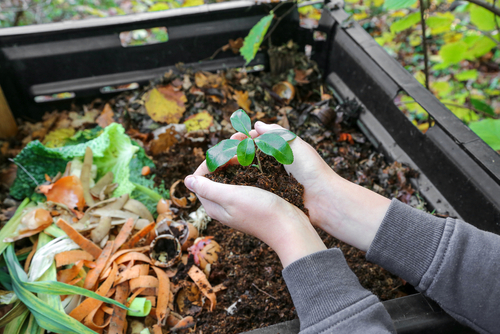
Invest in organic fertilizers to nourish your plants, opting for natural options such as compost or cow dung manure. Create organic compost by utilizing materials like eggshells, banana and orange peels, vegetable scraps, shredded grass, and leaves. Composting serves not only as a boon for gardens but also contributes to effective waste management and recycling. Crafting compost from kitchen waste yields nutrient-rich soil, promoting healthy plant growth.
Gardening tips for vegetable and herb gardens
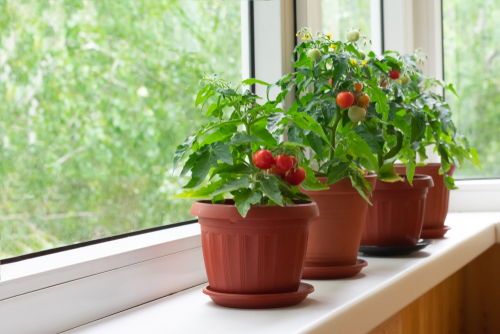
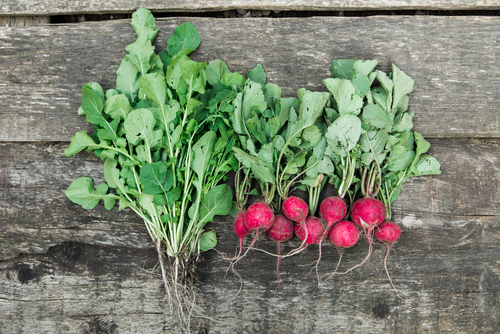
Establishing a home kitchen garden is a straightforward endeavor that requires patience and consistent care. Cultivating an organic garden not only yields fresh, pesticide-free vegetables but also provides an enjoyable process. Herbs and vegetables can thrive in pots with direct sunlight and well-drained, nutritious soil. Easy-to-grow options include fenugreek, spinach, curry leaves, mint, basil, lemongrass, wheatgrass, green chilies, and ginger.
For larger garden spaces accommodating sizable pots, consider cultivating fruit-bearing plants like brinjal, tomato, beans, ladyfinger, and more.
Gardening ideas for pots and planters
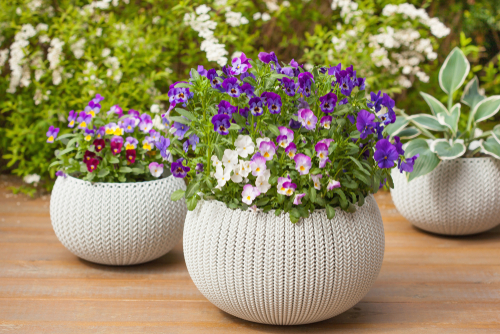
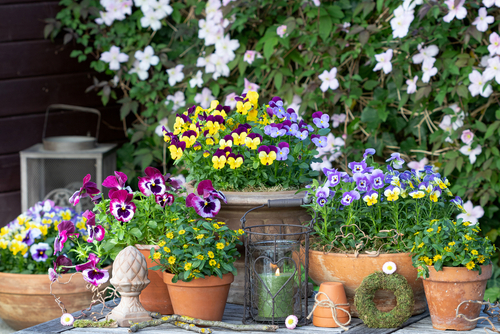
Pots and planters are available in many sizes, colours, shapes and materials. Use pots to create symmetry in the garden. Place garden pots on both sides of a pathway, in rows. Arrange pots of the same colour and size to decorate the area.
Ensure there are drainage holes at the bottom of pots to avoid waterlogging. To grow vegetables, use terracotta pots as they are porous and allow oxygen to reach the roots. If space is an issue, opt for stands that can hold two or three pots.
Gardening tips for beginners: How to water the plants
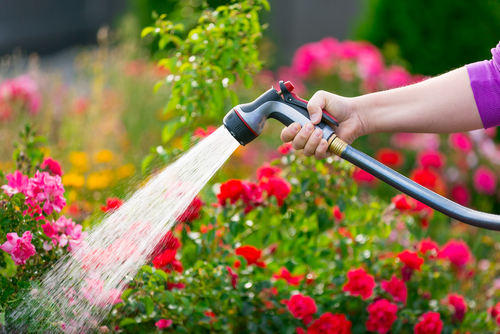
Optimal tools for irrigating your garden include a hose pipe and watering can. A garden hose proves effective for watering trees and expansive areas, while watering cans are preferable for small and delicate plants. It's crucial to avoid overwatering, as it can lead to waterlogging and harm your plants. The most effective watering method involves allowing water to gradually penetrate deep into the soil.
Adapt your watering routine to seasonal variations. In summer, plants require more water, whereas during the monsoon and winter seasons, watering on alternate days is often sufficient. Tailor your watering frequency to the developmental stage of your plants. Young plants benefit from daily watering to stimulate growth, while mature plants require less water, adjusted according to weather conditions.
Vertical garden tips for beginners

Vertical gardens offer space-saving benefits, as plants in such setups grow vertically instead of spreading horizontally. A straightforward approach to creating a vertical garden is to affix plant containers to a wall. Alternatively, you can arrange plants on a frame constructed with horizontal rows. The feasibility of a vertical garden depends on available space and the location, whether it's a balcony, terrace, exterior wall, or even within a living room.
It is crucial that the wall or framework is robust enough to support the weight of the vertical garden. Ideally, position the vertical balcony garden in an open area or near a window to ensure ample sunlight, especially since fruits and flowering plants require more sunlight for optimal growth.
Prepare a pot mix using a combination of coco peat and compost for these plants, as these materials are lighter compared to traditional soil.
Gardening ideas to grow plants with flowers

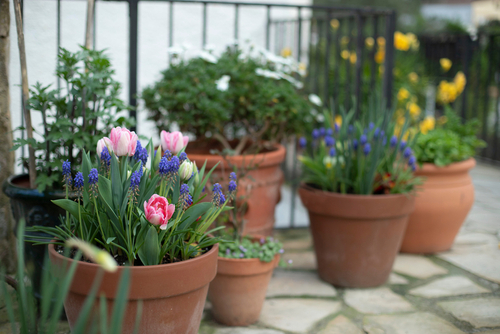
Design a layout for your garden, organizing flowering plants, hedges, and boundaries based on their height and sunlight requirements. Flowers not only provide a visual delight but also offer a relaxing experience with their enchanting fragrances, such as champa and raat ki rani. Even seasonal flowering plants thrive with adequate sunlight.
For year-round blooms, consider including gerbera, bougainvillea, plumeria, lantana, water lily, and periwinkle, enhancing your garden with a vibrant palette. Opt for easily maintainable flowers like hibiscus, rose, ixoras, portulaca (moss rose), and 4'o clock flower, ensuring a beautiful and low-maintenance garden.
Gardening ideas using recycled materials
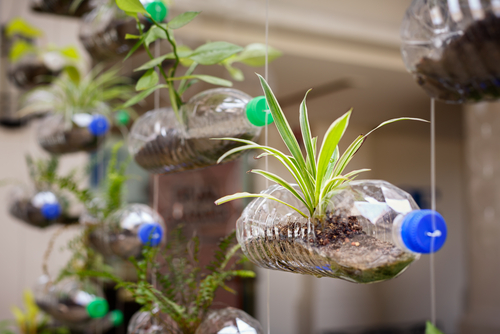

Elevate your garden decor by repurposing recycled items like plastic bottles, old teapots, and oversized mugs as creative planters. Convert plastic bottles into makeshift sprinklers for pesticide application by adding a few holes to the cap. Transform them into bird feeders to attract feathered visitors. Utilize egg cartons for cultivating microgreens. Repurpose old wooden ladders by painting them and using them as charming stands for small pots. Give new life to old car tires by crafting them into small garden stools.
Garden seating ideas

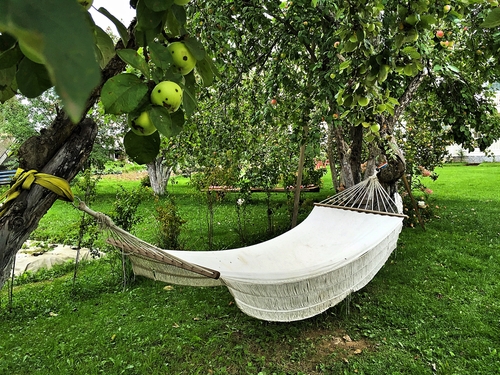
A thoughtfully planned seating area in the garden serves as a tranquil space for relaxation and family time. If a tree is unavailable, consider using a beach umbrella or improvising a makeshift canopy. Explore options like hanging chairs, hammocks, or sun loungers for comfortable seating. Prioritize sturdy and weatherproof furniture to withstand the elements.
Establish a seating zone with a selection of chairs or stone benches. Alternatively, opt for an L-shaped lounge arrangement or sofa sets to impart a stylish touch to your outdoor space.
Must-have gardening tools
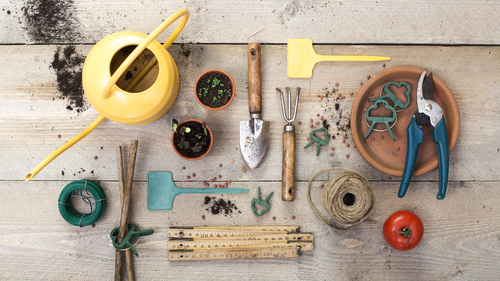
Gardening tools make the task easy and enjoyable. You should have a pair of pruning scissors to cut plants and bushes. For digging, preparing the soil and sowing seeds you should have a spade, trowel and garden fork. To get rid of unwanted plants, you will require a forked trowel and a gardening knife. If you have a big garden then buy a hoe, a shovel and a wheelbarrow.
Garden beds
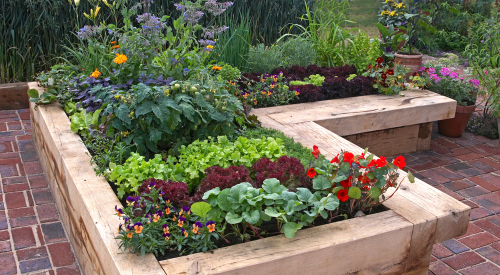
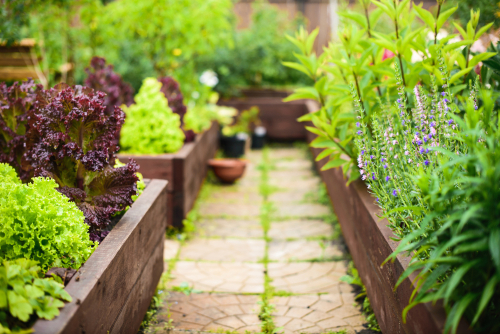
Elevated garden beds impart a well-defined appearance and an appealing landscape design to your gardening space. With raised beds, you gain the flexibility to choose suitable topsoil, promoting better drainage and weed control. These beds offer additional room for cultivating vegetables and are more convenient than traditional single-row gardening.
Ensure each bed is three to four feet wide, allowing for easy access to the center from both sides. Dedicate individual space for each plant to foster optimal growth. While seeds and transplants may start small, mature plants can overcrowd the area, hindering their thriving. For those who struggle with kneeling, raised beds emerge as the preferred gardening option.
Window gardening ideas
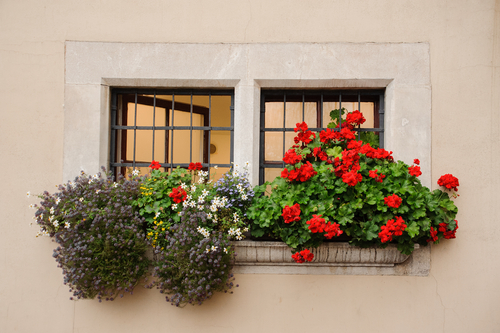
Window gardening can brighten up the exterior of a house with lush green plants and flowers. If you want to grow plants on a windowsill, think of the types of plants that can grow, depending on sunlight and space. Select the size and shapes of pots accordingly. Choosing leafy plants or herbs is the best option for windowsill gardens. Ensure that the windowsill is strong. You can grow herbs like parsley, rosemary, mint, basil, lemongrass, etc. You can grow flowers like peace lily, zinnia, geranium, chrysanthemums, crossandra and rose.
Tips for keeping your garden healthy and beautiful
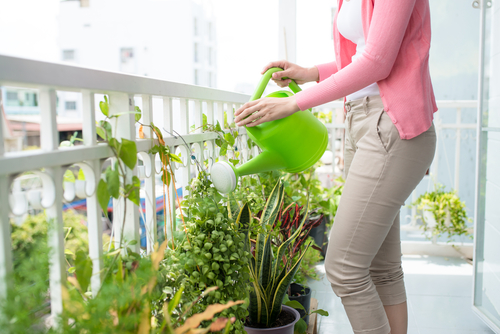
- When you buy a plant, do not transfer it to a new pot or soil immediately. Let the plant settle in the new environment for at least a week.
- Pruning and deadheading encourage healthy growth in plants.

- Keep leaves clean and dust-free as dust blocks the process of photosynthesis
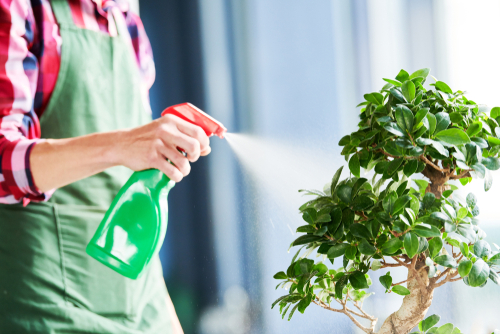
- Plants are vulnerable to pest attacks, if you spot any sign, then apply neem oil solution. Add vinegar (apple cider) into water to make a solution. Add a few drops of mild dish soap into it. Spray it on the infested areas.
- While designing the garden, ensure the pathways are wide enough for comfortable passage.
- The pavement should provide secure footing. Avoid slick surfaces or loosely set pavers that wobble for firm and solid footing.

- Go for native species to increase plant’s life. It can improve the quality of soil as well.
- Yellow and blue, violet flowers can attract pollinators like butterflies and bees. These insects help to transfer pollen grains for successful reproduction, thereby sustaining a healthy ecosystem.

- Design the garden with a perfect mix of tall trees, shrubs, ornamental, and leafy plants to add beauty.
- Ensure there is a proper drainage system in place so there is no water logging in pots.
- Plants placed too closely tend to grow poorly due to competition for light, water, and nutrients. These plants are more susceptible to attacks.
- In a small garden, plant saplings of papaya, guava, custard apple, and star fruit.
Also Read: 15 Best Vastu Plants For Home Which Brings in Happiness & Wealth

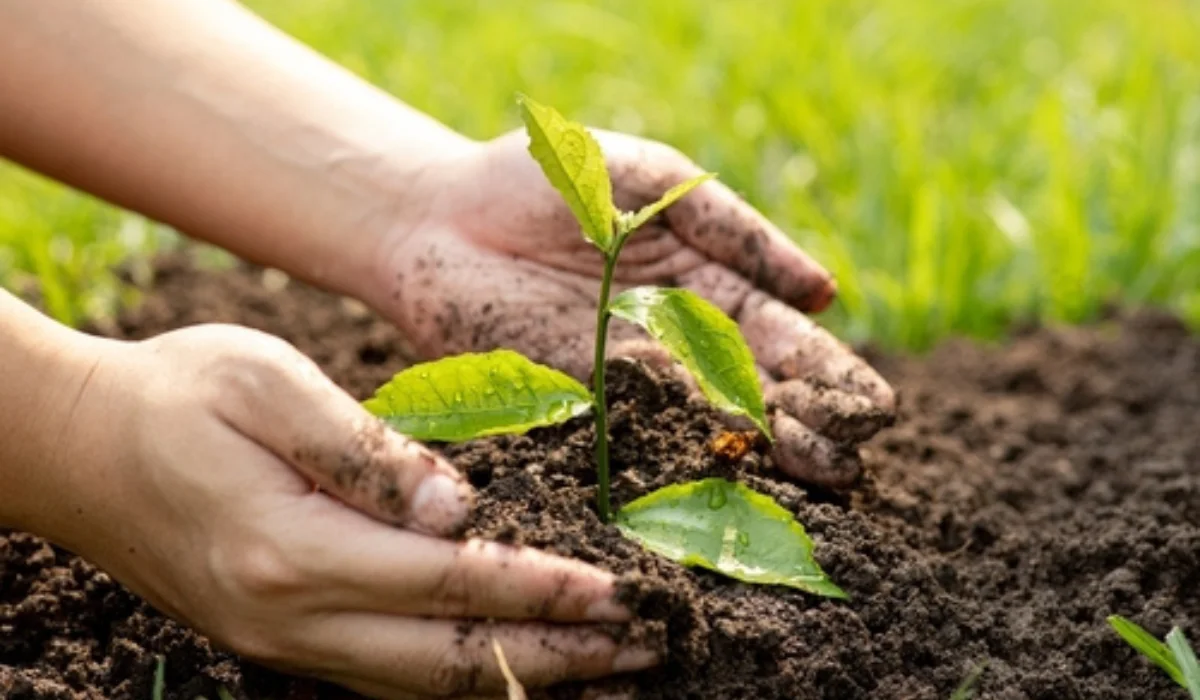


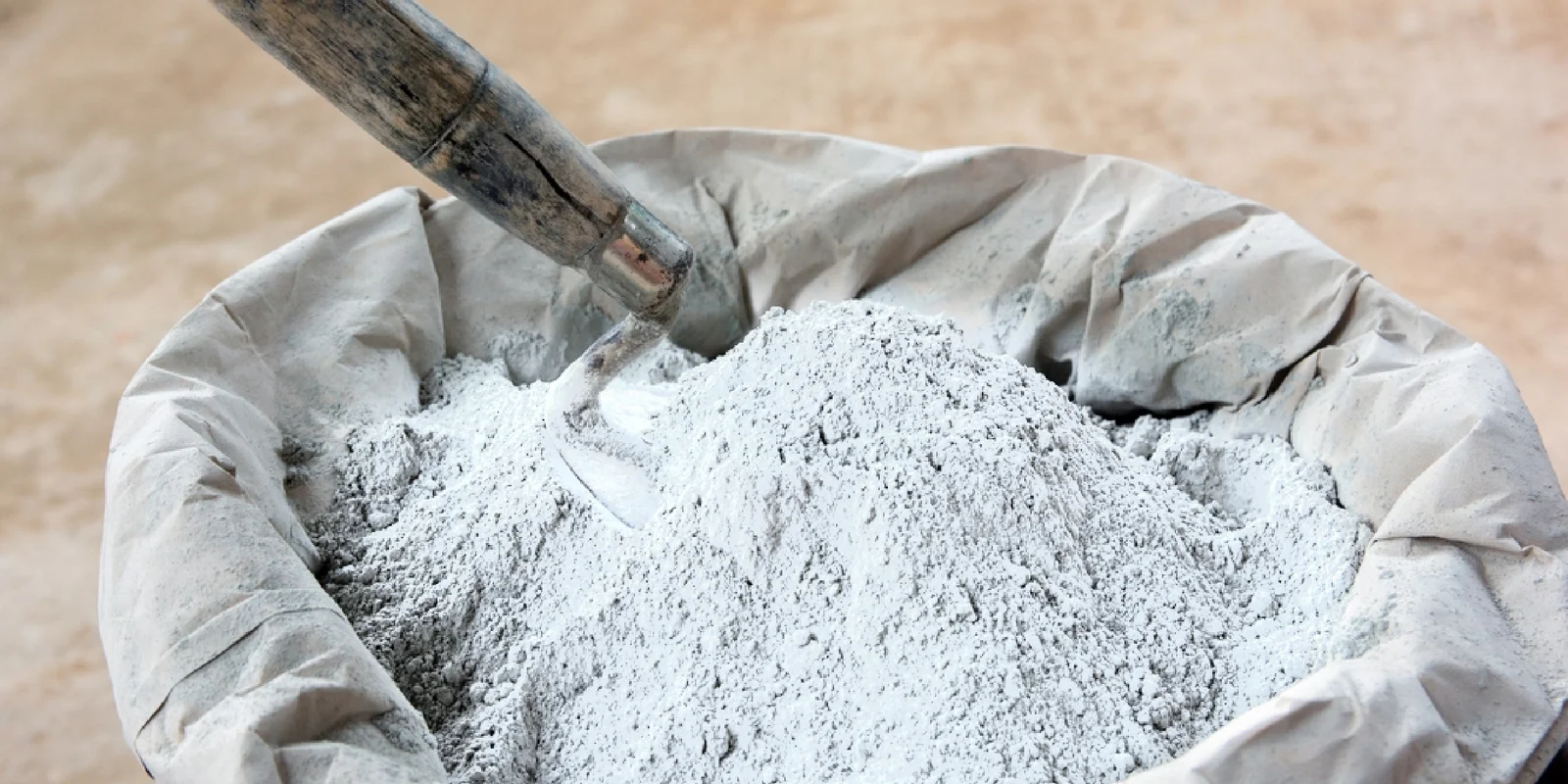


_1767164061.webp)



